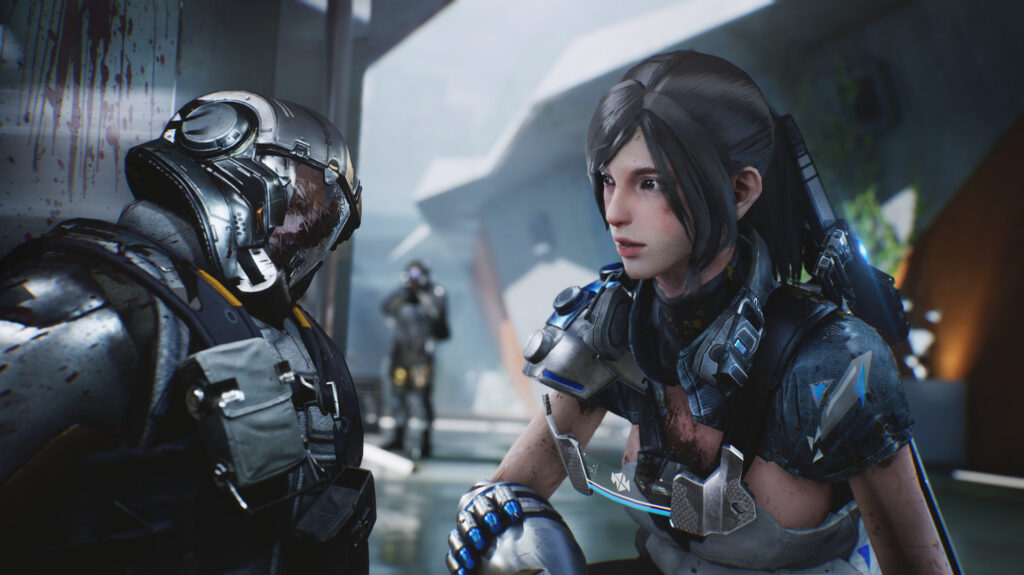
Bright Memory is a completely bonkers FPS that recently left Early Access. It’s a fairly impressive technical accomplishment as well, because it was made almost entirely by a single person. While the final result is no doubt an extremely promising and fun game, its unfortunately over way too soon.
Bright Memory
Developer: FYQD-Studio
Publisher: Playism
Platform: Windows PC
Release Date: March 25th, 2020
Players: 1
Price: $6.99
Trying to interpret just what is going on in Bright Memory is the game’s first big challenge, and it’s one you’ll never overcome. You are suddenly dropped into a firefight in a high-tech facility as a girl named Shelia.
All sorts of esoteric terms and fictional alphabet soup organization names are thrown around, you are shooting heavily armed soldiers you know nothing about, and you get into a fight with a guy named Carter that you are apparently expected to know already.
Then everyone gets sucked into some sort of wormhole and transported to a floating island full of mystical creatures and supernatural phenomenon. The story only gets increasingly nonsensical from there. The only way to figure out what is going on is to read the Steam page, and even then you will still probably be lost.
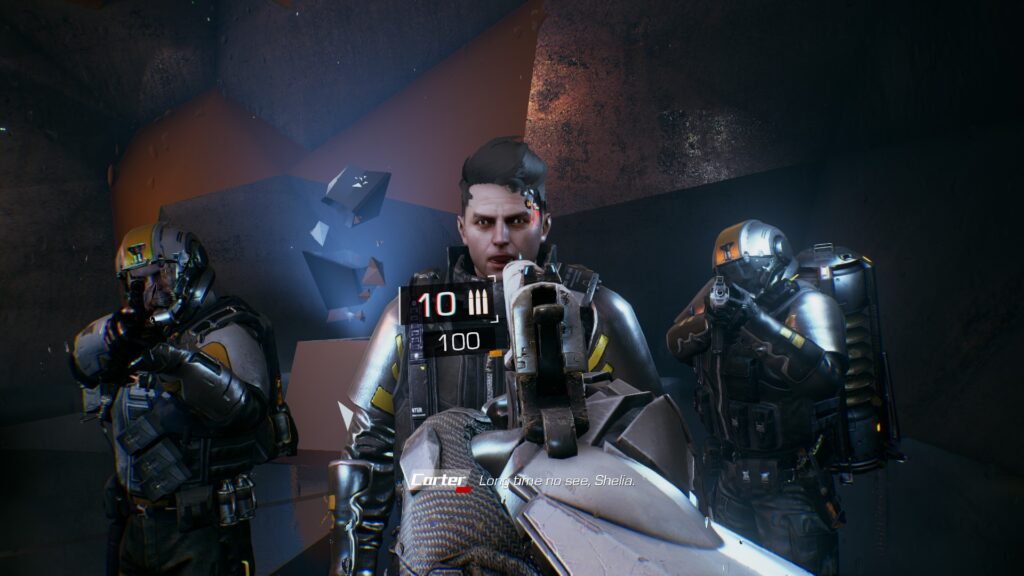
Shelia is an operative for the Supernatural Science Research Organization (SRO), a group that studies ancient relics and unexplainable phenomenon. Carter is the leader of a terrorist organization called SAI, and they have infiltrated the SRO to steal priceless relics and classified data.
When trying to disable SAI’s quantum teleporter, the device they used to assault SRO headquarters, Shelia accidentally sends everyone to a lost continent in Antarctica.
There is an interesting story buried here somewhere, it just feels like it starts halfway through, leaving confused gamers to try and piece it all together.
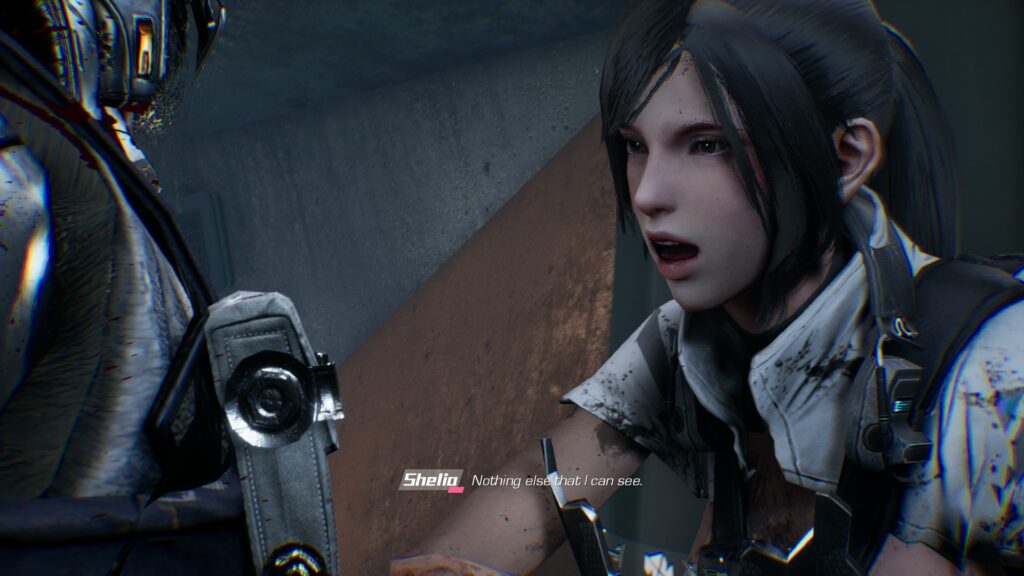
Luckily, the incomprehensible cutscenes are pretty short, even if they are unskippable. The main focus of the game is shooting all kinds of mythical creatures, and it’s here where Bright Memory finds its stride.
Shelia has three guns in her arsenal, which include an assault rifle, a shotgun, and a pistol. These are what you will do a fair amount of your killing with, and each one feels pretty good to shoot.
Their sound assets are loud and beefy, and the shooting mechanics themselves are fairly competent. It helps that killing an enemy with a headshot results in some satisfying spurts of gore, and a brief amount of bullet time to admire your work.
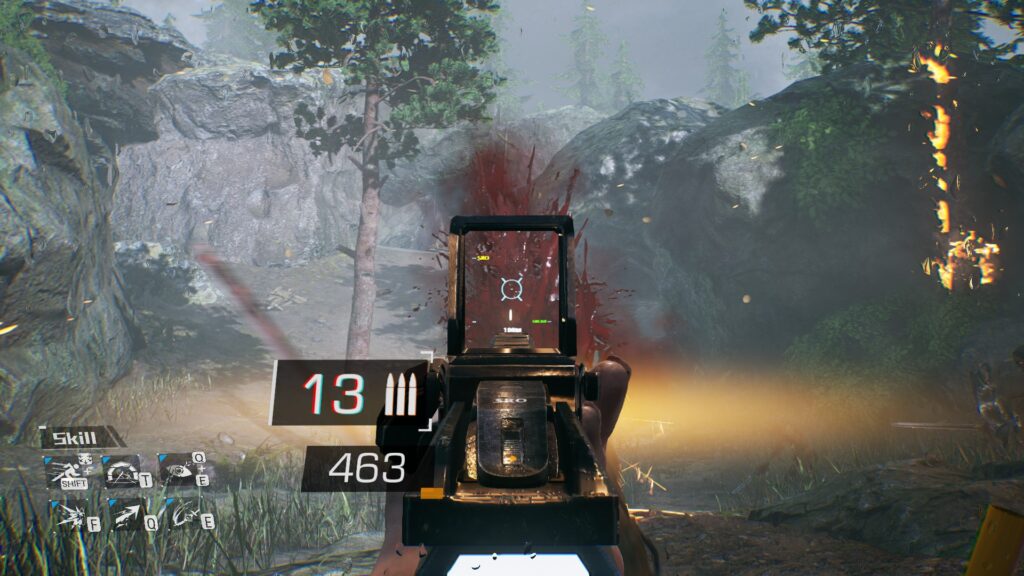
These more conventional weapons are hardly the only things in Shelia’s bag of gadgets. She also has access to a variety of special skills based around cooldowns, like an EMP shockwave, a dash ability to get out of trouble, and a pair of ancient swords.
There is also a laser grappling, but its kind of garbage because it pulls you closer to enemies that tend to have sharp fangs and big teeth. The aforementioned swords are one of the relics SRO discovered prior to the events of the game, and possess supernatural powers.
When you activate the swords, you have a few seconds to use them before they need to recharge. This allows you to fling short range blades of energy, or send out an AOE burst attack that hits everything around you.
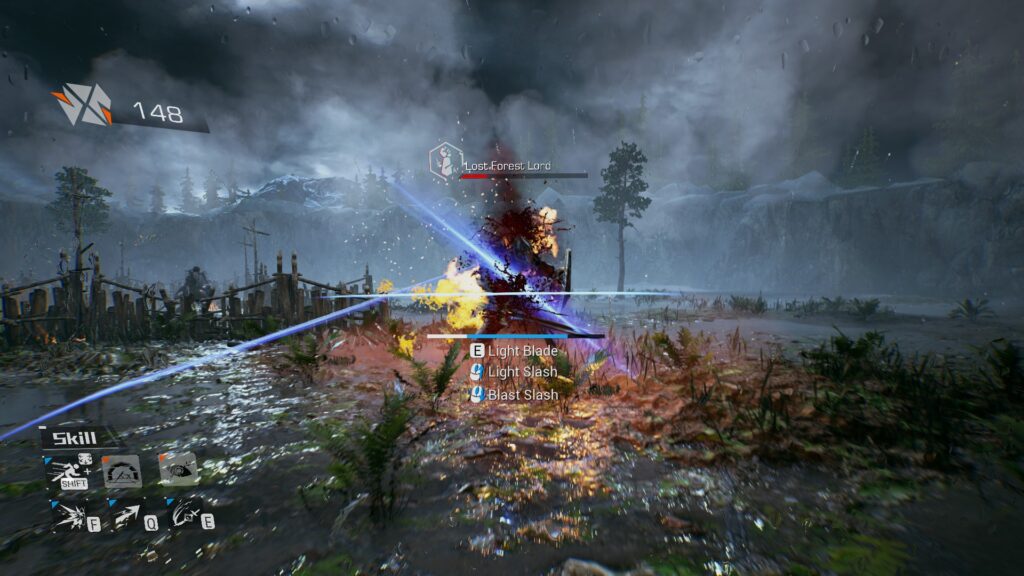
There is a rudimentary upgrade system as well. You collect experience from slain enemies that you can use to unlock new skills. Some are various passives, like increased move speed or extra health, but the more interesting ones are new special attacks.
Your EMP burst can be upgraded to unleash two other abilities by tapping the key multiple times. One of these creates a small bubble that freezes time for anything caught within it. The other sends out a cloud of electricity that deal continuous damage to anything inside them.
There are also two “ultimate” abilities with long cooldowns. One of them sends enemies flying into the air, allowing you to juggle them with bullets to rack up air combos. The other ability envelopes you in a dome of death that deals damage to any enemies inside it for a few seconds.
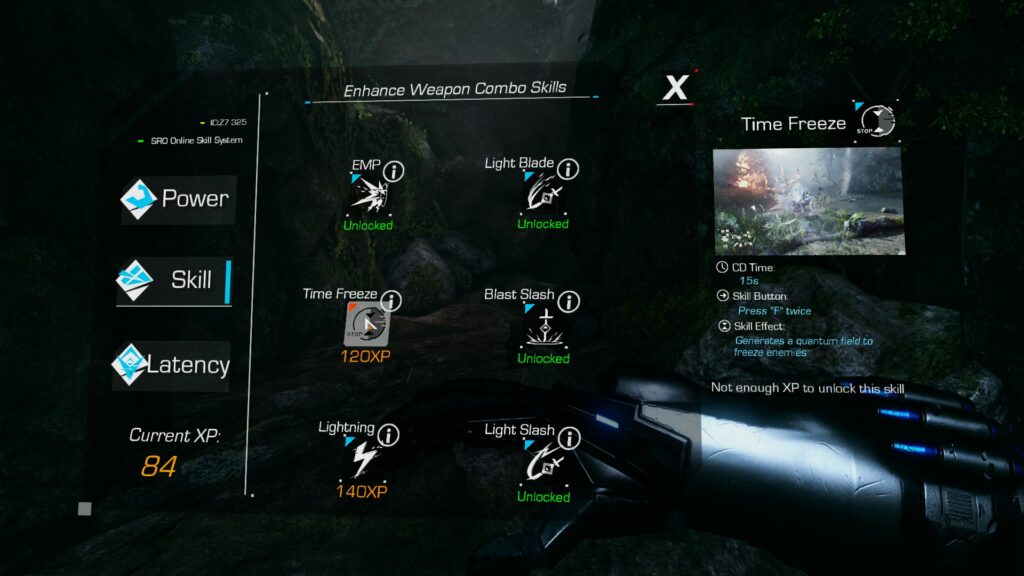
While the enemies are a little on the bullet spongey side for my tastes, the combat is overall pretty satisfying. You also build up a style meter like in Devil May Cry as you chain your abilities and weapons together and kill enemies with complicated maneuvers. The system isn’t as fleshed out as it could have been, but its a nice touch.
I must admit that there are some aspects to the controls that are a little on the clunky side. I’m not a fan of having to tap keys multiple times to perform some of the attacks because it leads to a delay in you casting them.
The bigger issue is that there are no rebindable keys, so if there is a control binding you don’t like, then there isn’t anything you can really do about it. It’s likely possible to tweak the controls by fooling around in a .ini file somewhere, but that shouldn’t be necessary in the first place.
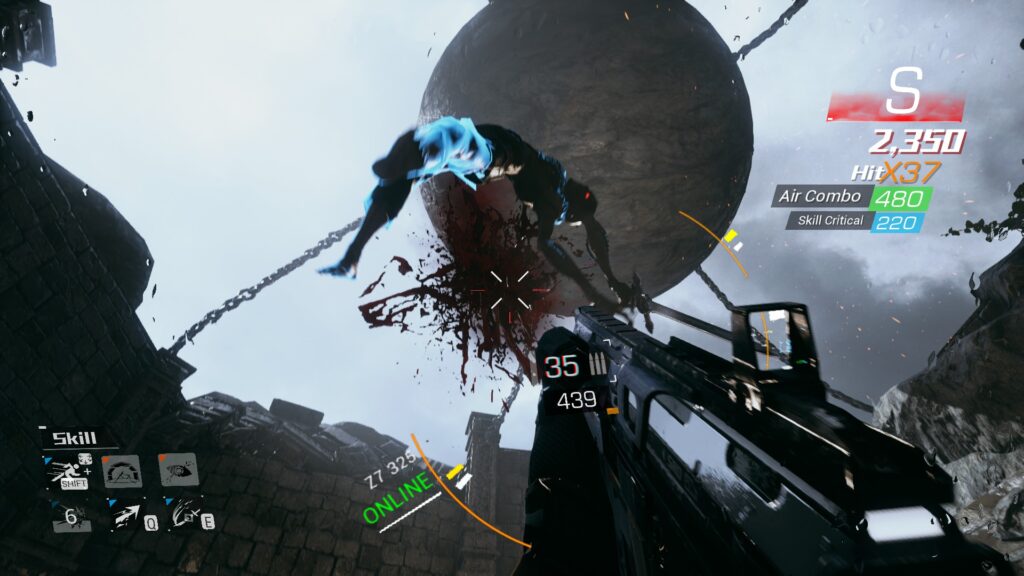
The actual enemy variety is pretty solid, but like the story, it’s all over the place. There are zombie warriors with swords and shields, big tiger-like creatures with armored hides, tall rat-like ogres with axes, SAI terrorists with assault rifles, and more.
They all look pretty good in motion, but there seems to be no real theme besides “cool looking mystical creature.” The rat-ogre things in particular seem a little out of place, and look like something you would field in your Skaven army for Warhammer.
Another complaint I have is with some of the combat arenas themselves. A few of them are a tad too small. The worst are the ones that are relatively small, and also have a bottomless cliff you might accidentally dash off of while trying to kite enemies.
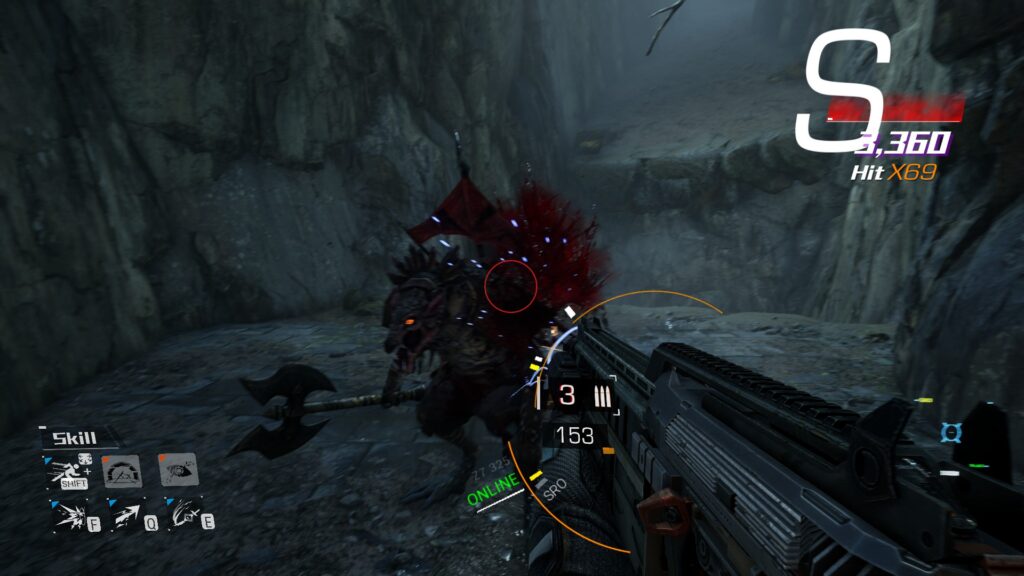
There are two rather large areas in the game that struck a nice balance between giving you space to maneuver, while still having enough enemies to provide a challenge. I wish more of the battles took place in such areas.
While Bright Memory certainly lacks polish here and there, the majority of the mechanics are all pretty well-implemented. The most noteworthy exceptions are the occasional QTE that seem like they were shoehorned in.
There is one random QTE early on, and a few instances of you having to use your grappling hook at the right time to avoid certain death. There are only a few of these in the game, and each time they just felt off and unresponsive. There was even a time where the grappling prompt never even happened.
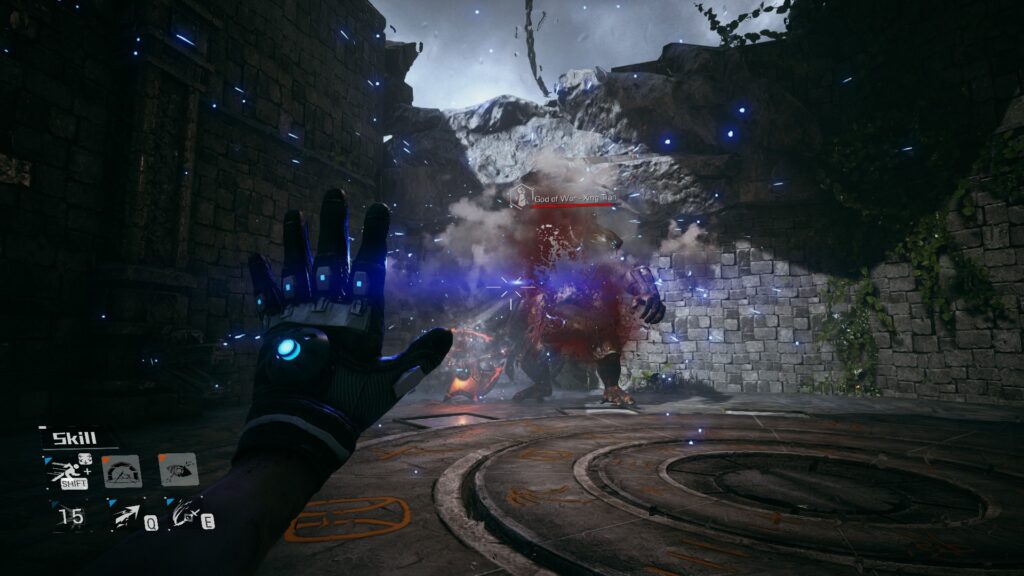
Another example would be the ammo system, which doesn’t seem to really exist. There is no way to regain ammo, it just seems to happen between scenes at random.
You normally aren’t in any danger of actually running out of ammo, but there was a time where I ran out of assault rifle ammo and just magically regenerated it all later on. It begs the question of why the game even has ammo in the first place if it’s so inconsistent with how it works.
As you’ve probably noticed from some of these screenshots, Bright Memory looks really, really good. The game was made in Unreal Engine, and it definitely shows. There are lots of nice lighting and weapon affects, and the animations are all pretty solid. The game runs really smooth too, and mostly stayed around 120 FPS at max settings on my GTX 1070.
The character models occasionally have some awkward animations here and there during cutscenes, and Shelia’s facial expressions are a little blank, but otherwise the entire game looks quite impressive. The game also knows its target demographic will probably love its cute Asian waifu protagonist, and gives you several suggestive outfits to put her in.
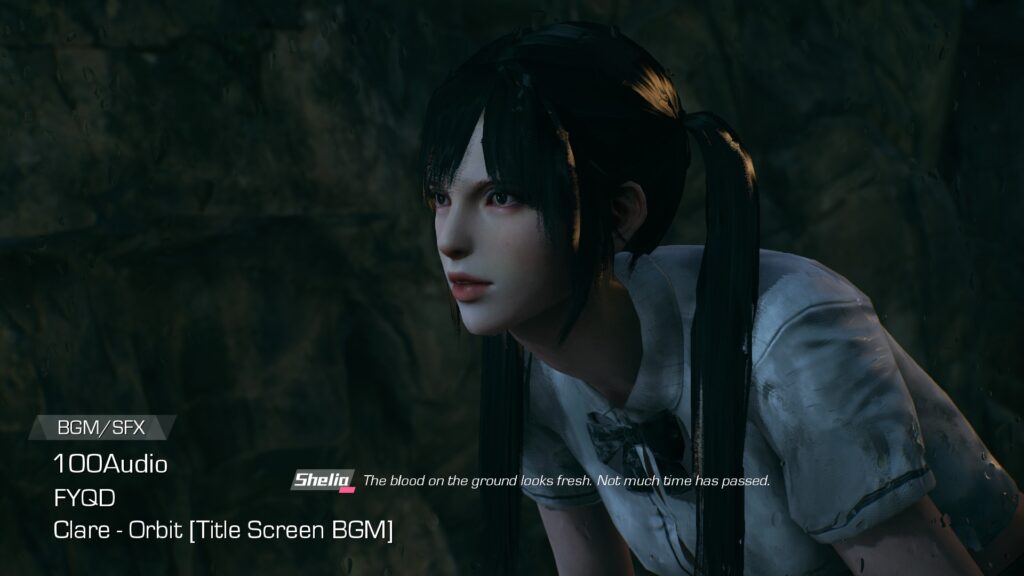
The English voice acting is decent enough, but if you don’t like it there are options for Chinese, and Japanese voice over. The music is decent as well, if a little generic and forgettable. It gets the job done, but its nothing that really stood out.
While I’ve been fairly positive about Bright Memory so far, its time to address the game’s biggest issue. When you get down to it, Bright Memory is a $7 demo for a separate game called Bright Memory: Infinite.
A full playthrough of Bright Memory will take you about 30 minutes. You are encouraged to play the game three times to get all the achievements, and in fact this is really the only way to unlock every skill in the game. But, even if you play it three times, and find all the collectibles, you’ll still be done with the game in less than two hours.
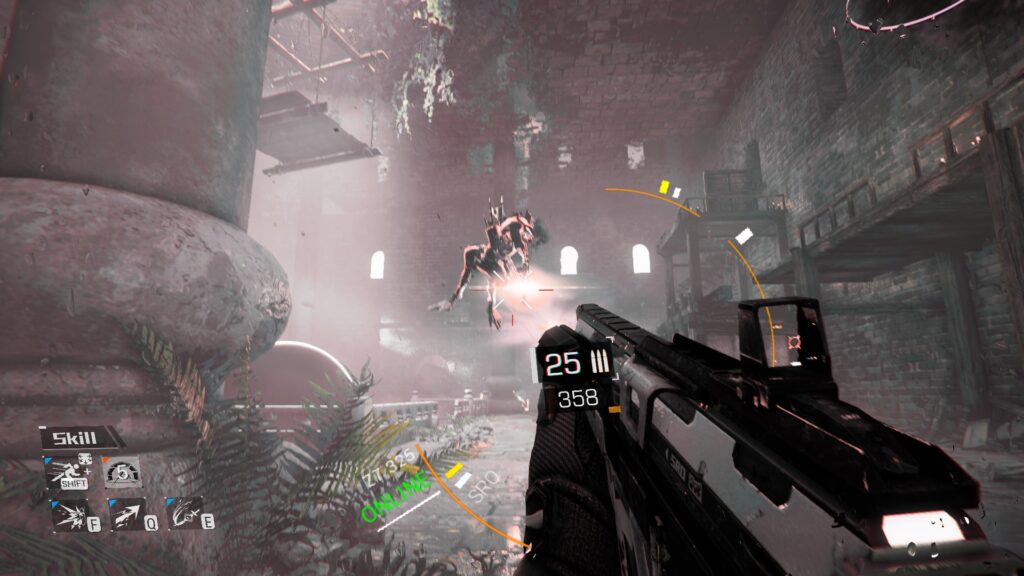
On a positive note, if you buy Bright Memory before Bright Memory: Infinite comes out, then you will get a free copy of Infinite. Getting the next installment for free as an early adopter bonus isn’t a terrible deal, but since Infinite doesn’t currently have a release date then there is no telling when that will be.
Bright Memory is an extremely short game that certainly lacks polish in places, but I found the core gameplay to be fun enough that I actually kind of recommend giving it a try.
It has a nice selection of interesting special abilities, and the combat is pretty satisfying. The graphics are really good for a game in this price range, and its almost unbelievable that this was accomplished by one person.
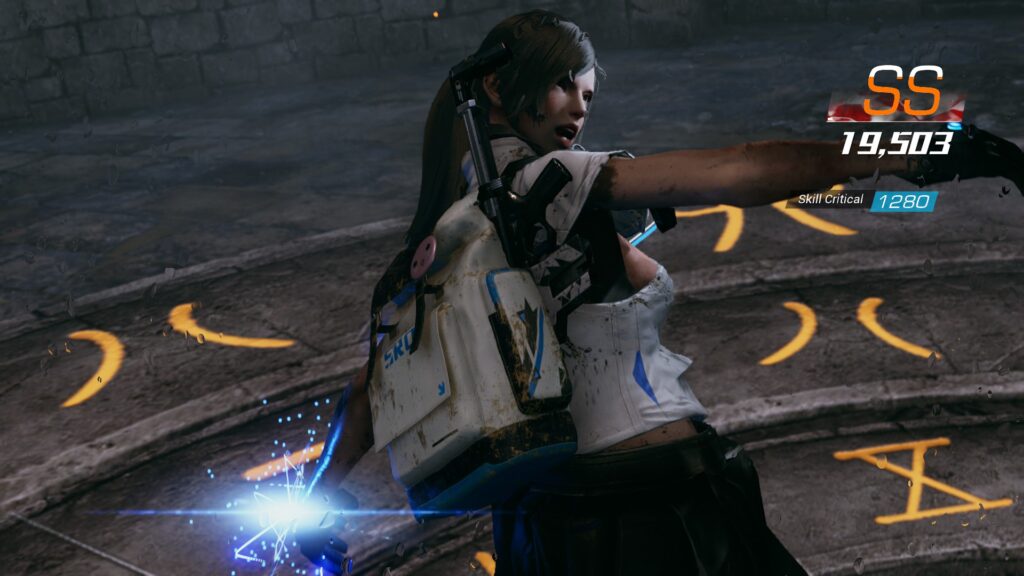
It’s just unfortunate that an otherwise great action game is over so quickly. There is a lot to like in Bright Memory, and I can’t help but wonder how fantastic it could be as an eight or ten hour experience with a coherent storyline and some extra polish. Hopefully the next game will deliver a more complete package, whenever that might be.
Bright Memory was reviewed on Windows PC with a review copy provided by Playism. You can find additional information about Niche Gamer’s review/ethics policy here.